Maurice Lemaître
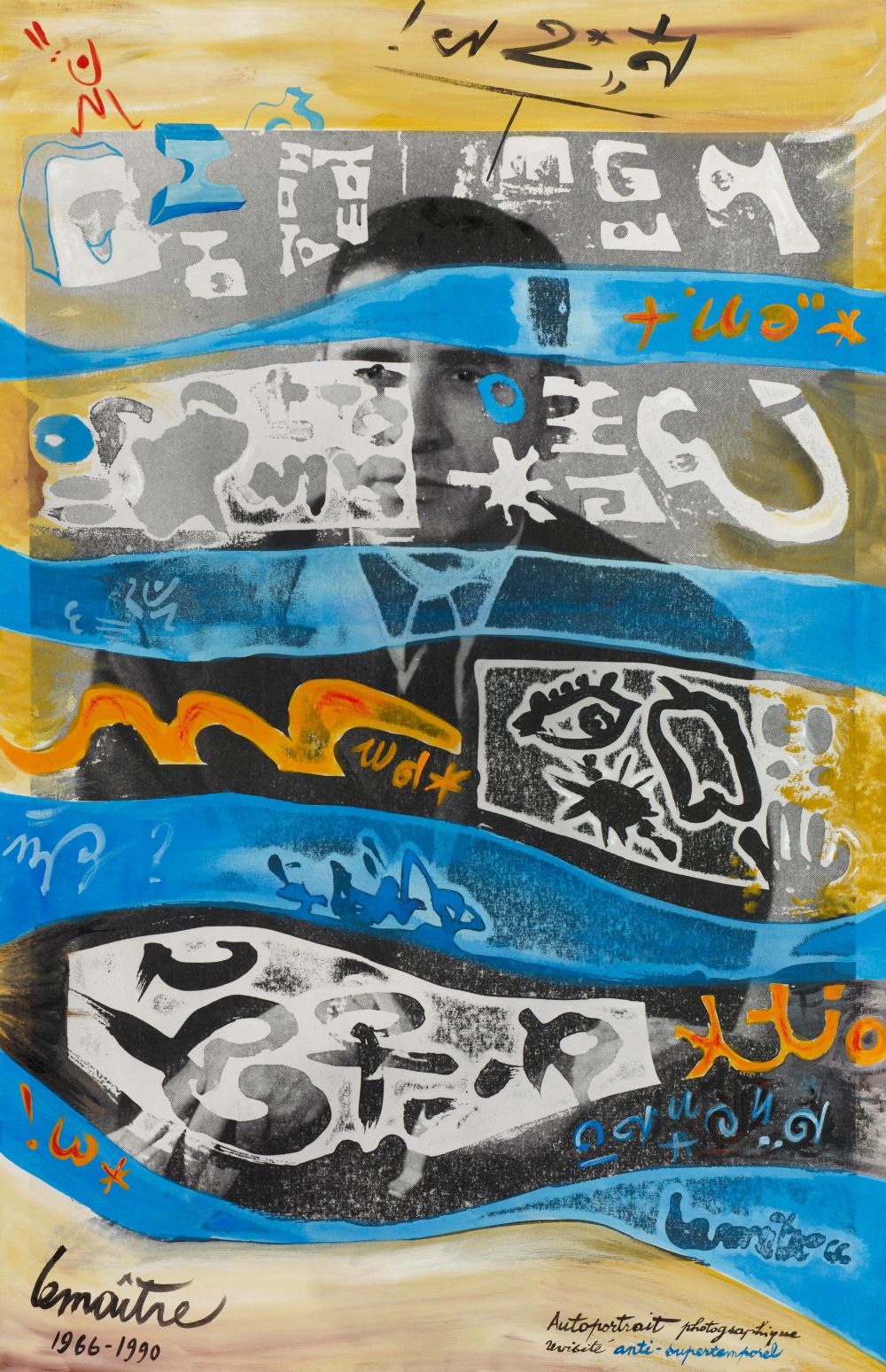

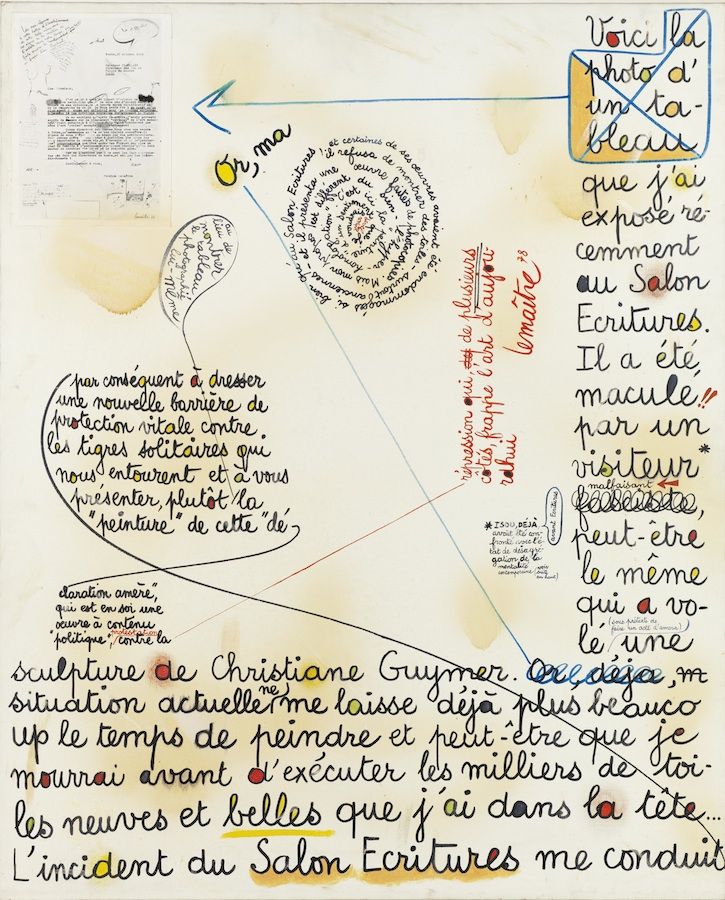
Selected Works
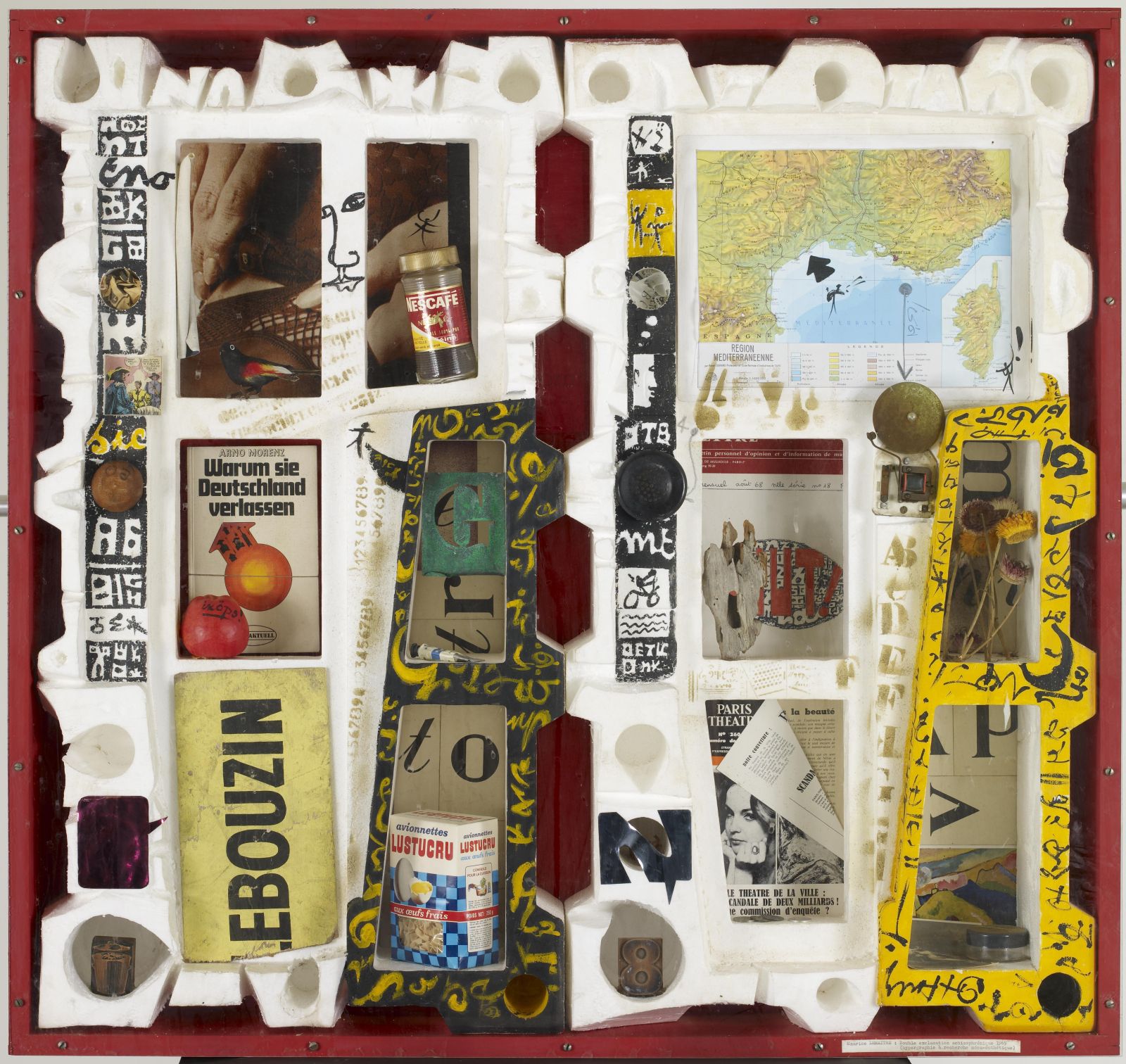
Maurice Lemaître
Double exclamation schizophrénique (romain), 1969
Technique mixte sur bois
100 x 106 cm

Maurice Lemaître
Autoportrait anti-supertemporel, 1966-1990
Acrylic and mixed media on canvas
82 x 54 cm

Maurice Lemaître
Discours sur l’état de la peinture II, 1983
Acrylic on canvas
130 x 162 cm
Maurice Lemaître
Chronique d'un amour, 1971
Photographies et collage
79 x 132 cm
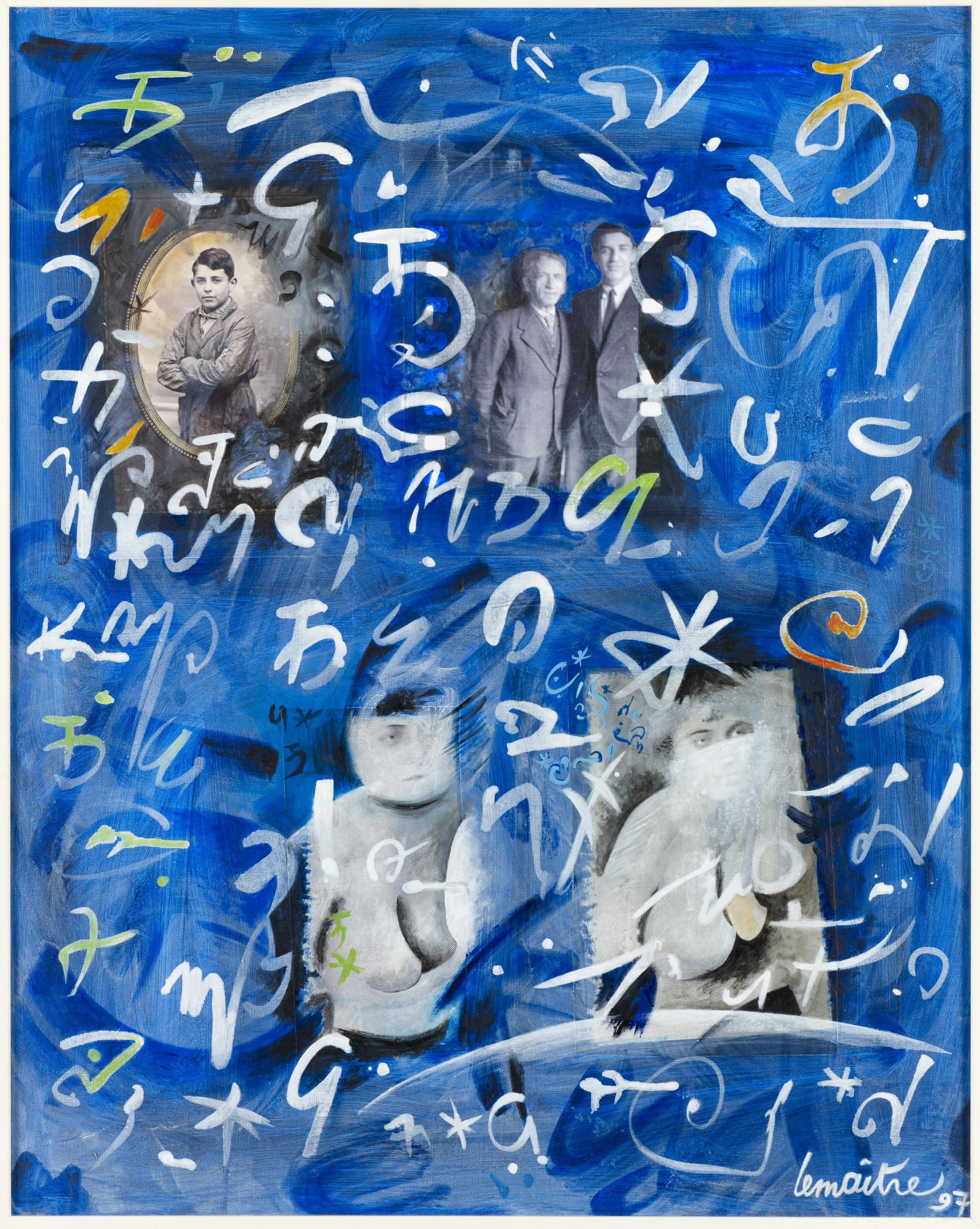
Maurice Lemaître
Le dit du silence : TGM à Salambô, 1997
Acrylic on canvas
100 x 81 cm

Maurice Lemaître
Déclaration amère, 1978
Mixed media on canvas
100 x 81 cm
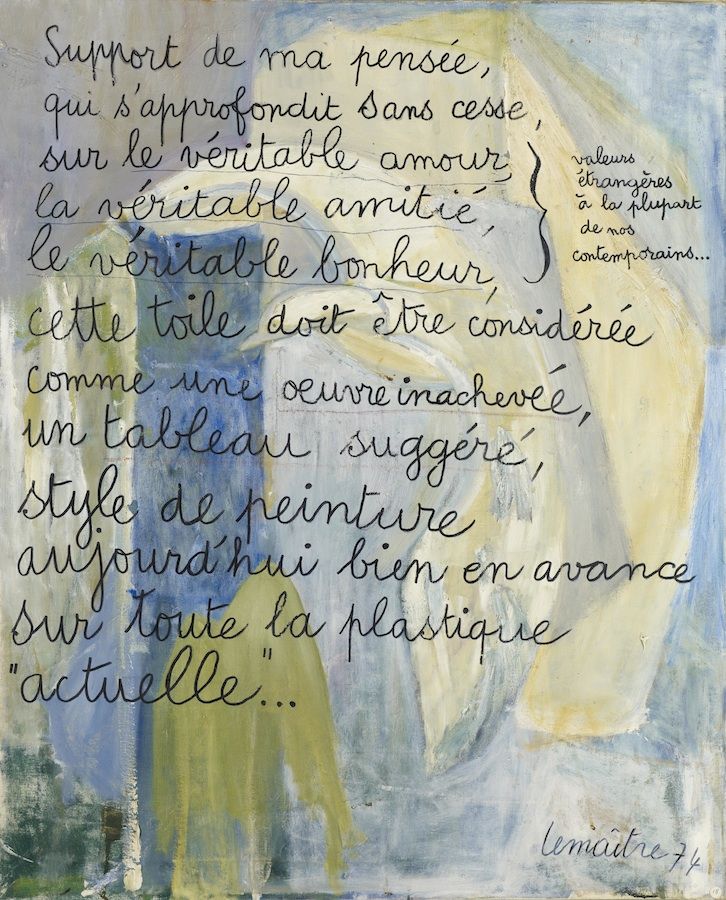
Maurice Lemaître
Interpellation, 1974
Oil on canvas
100 x 81 cm
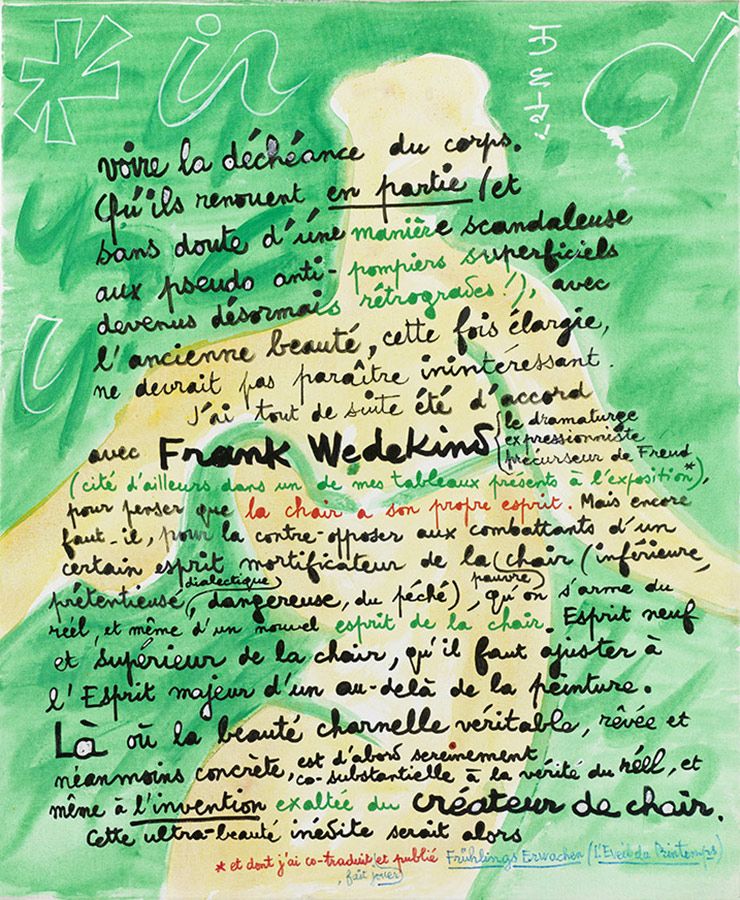
Maurice Lemaître
Du « Nu » lettriste, 1992
Acrylique sur toile
73 x 60 cm
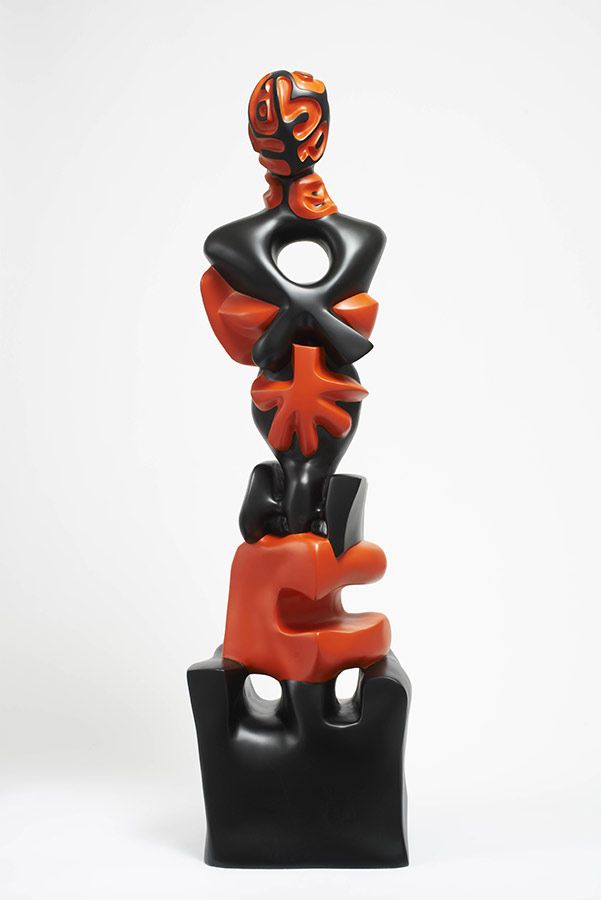
Maurice Lemaître
Menhir pour Spacagna, 1963-2013
Polychromed bronze
120 x 35 x 33 cm
Edition of 8 copies in 2013
Some of the works depicted are no longer available.
Biography
The contributions of Maurice Lemaître in the visual arts, in poetry and in the novel are so essential that he is cited in modern studies on contemporary literature (Centre Pompidou, Hachette, Seghers, Larousse...), as well as in the Western and Eastern countries.
The contributions of Maurice Lemaître in the visual arts, in poetry and in the novel are so essential that he is cited in modern studies on contemporary literature (Centre Pompidou, Hachette, Seghers, Larousse...), as well as in the Western and Eastern countries. Poems by Maurice Lemaître were set to music by the lutenist-theorbist Michel Faleze and sung by Marie-Thérèse Richol-Müller.
He thus had an explicit or hidden influence on the New Wave and inspired in the same way, as we noted during a tribute paid by the Cinémathèque française and during the retrospectives of his film work at the Center Pompidou, all the current cinematographic avant-garde, including the American and European “underground”.
